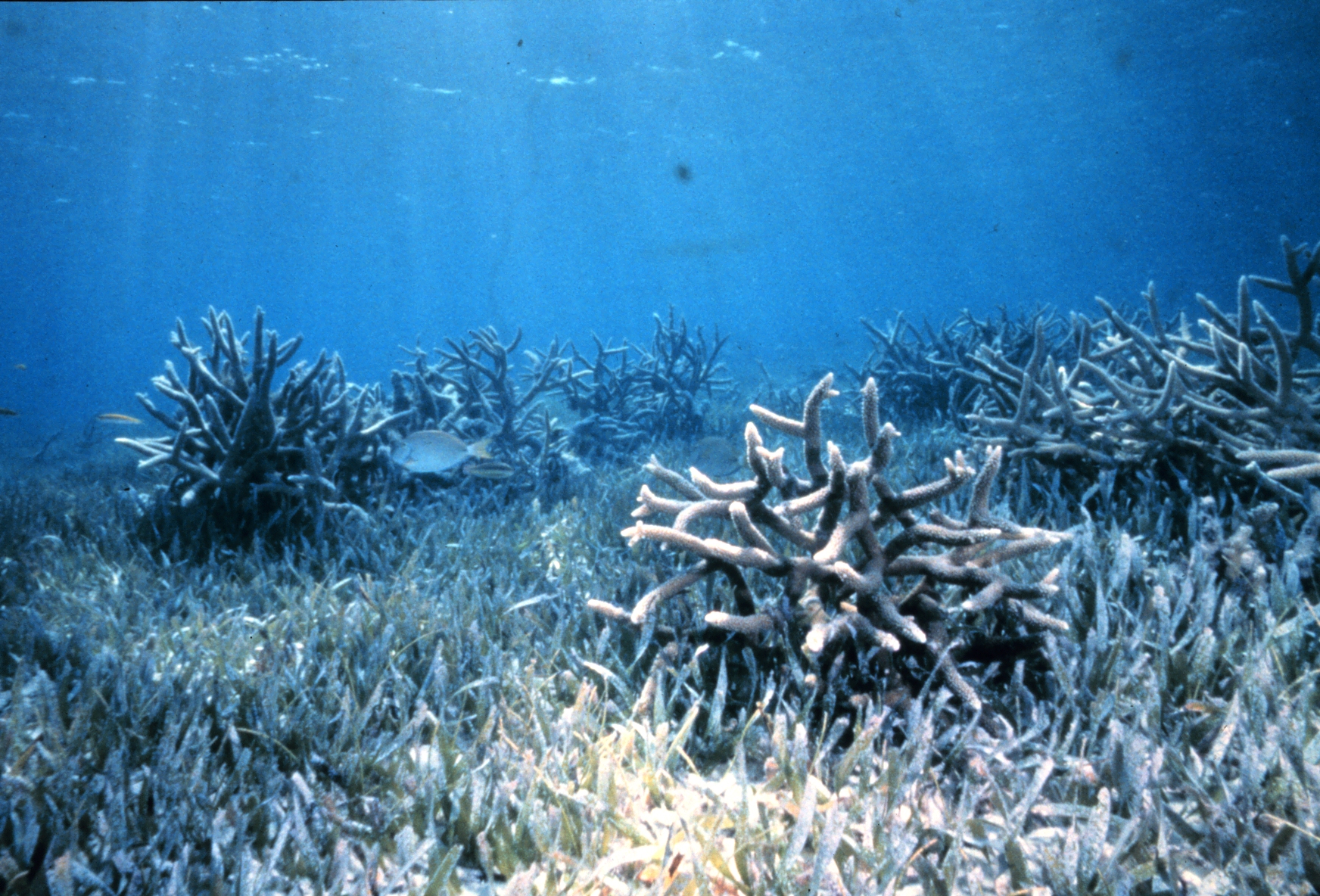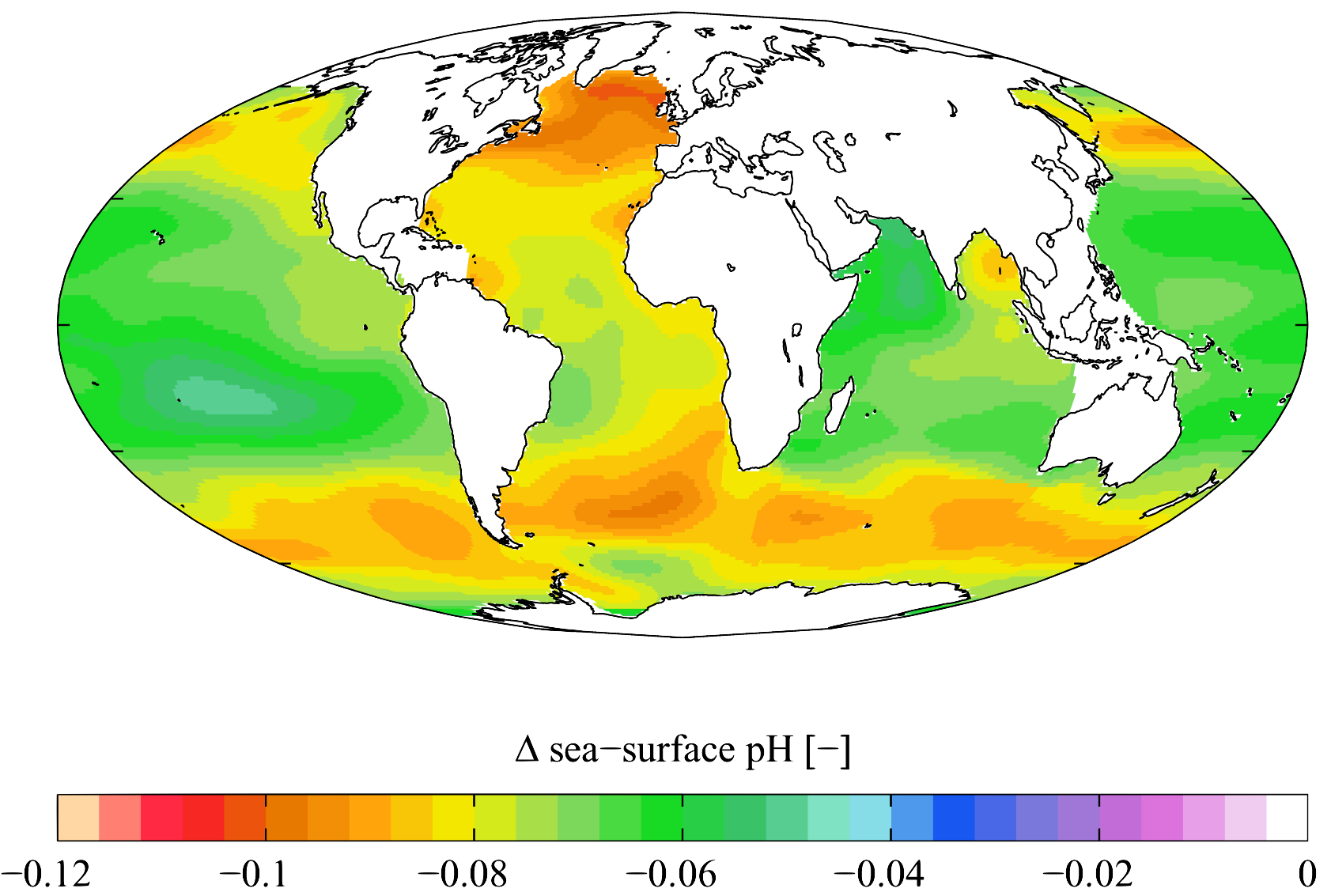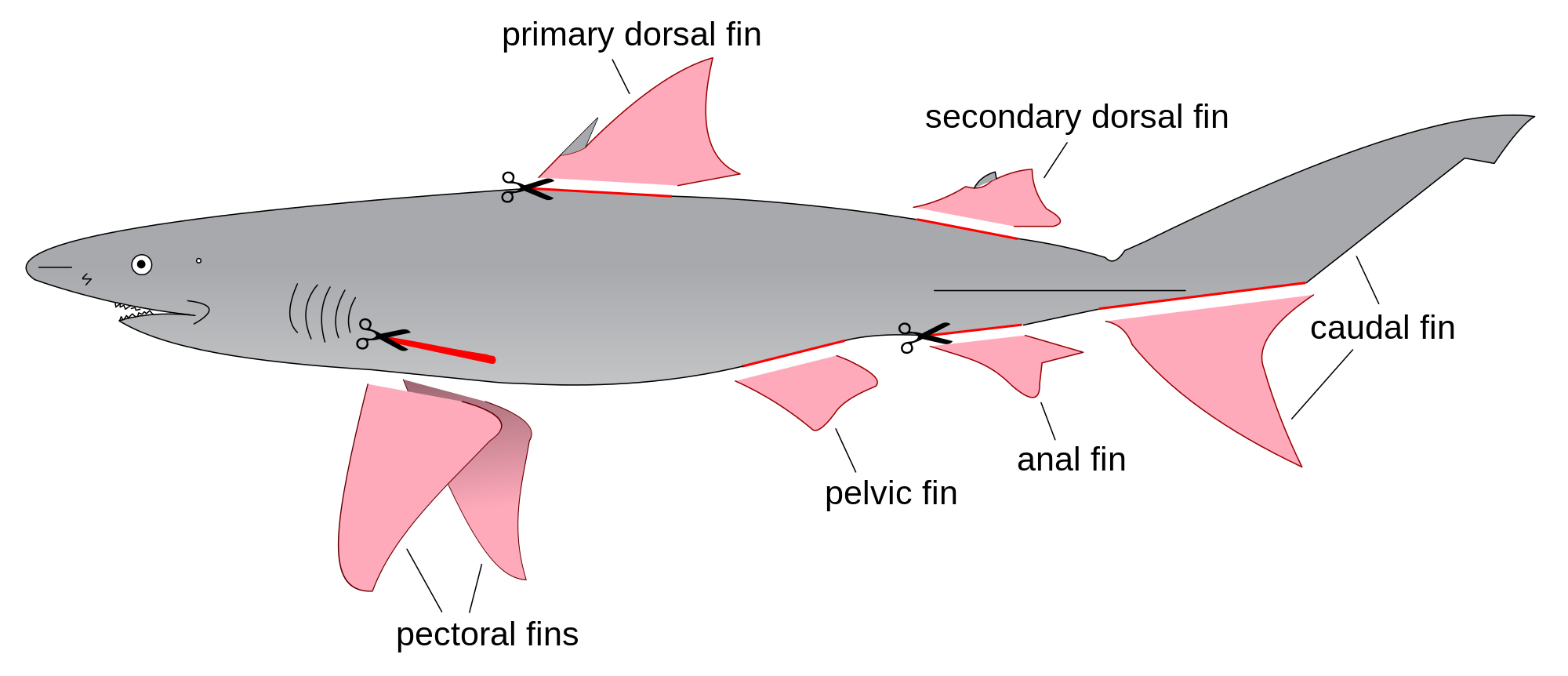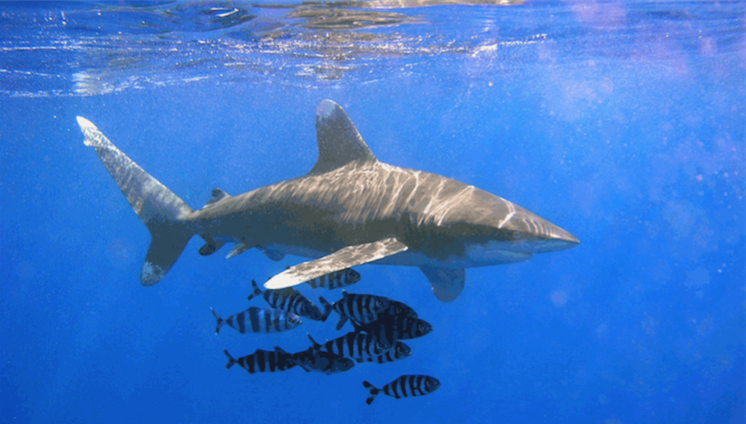| Endangered Species Act How Bad Is The Ocean Right Now? |
| As of right now, several resources have already listed the extinction of some marine animals in the near future: All coral reefs could be gone by 2050. - World Resources Institute Oysters are functionally extinct. - BioScience This is mostly due to their populations rapidly decreasing over the last few years from diseases and over harvesting of marine life. |


| The ocean has also been having split temperatures, some places being colder and some hotter, which can be good or bad depending on how you look at it because the temperature of water plays a part in the weather and climate as well. On top of all of that ocean acidity has increased by 30% due to the 530 billion tons of carbon dioxide absorbed by the water. The more acidic water affects the shells of certain animals like crabs by dissolving them before they can grow and mature. People have already tried to preserve the marine animals by making movies or participating in cleanups and other activities. |
Most importantly, a law has been passed by the Departments of the Interior, Agriculture, and Defense called the Endangered Species Conservation Act and Marine Mammal Protection Act of 1972 in order to conserve the endangered animals. It prevents the use of endangered animals for food, fur, and other commercial uses which was a good call by Congress, although it’s not helping control the damage that much. People are constantly selling animal products illegally or through the black market. They think that these things are okay, as long as they’re not caught but they’re still harming the ocean. By using these animals for their own benefit, they are taking away innocent fish that could’ve reproduced and replenished the fish population. |






